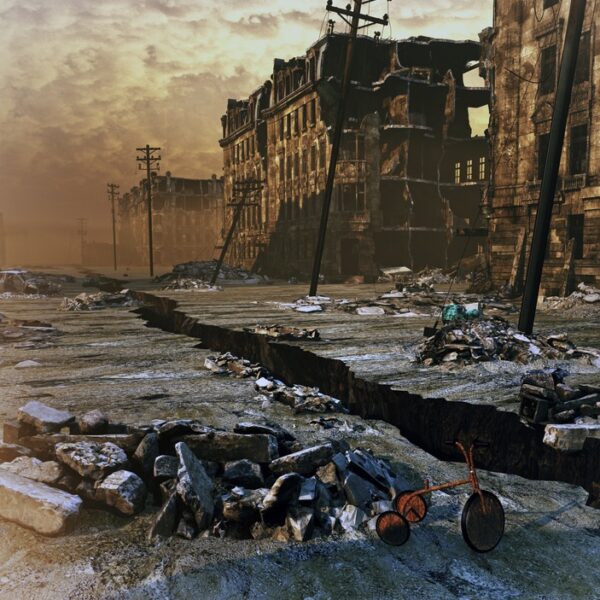On May 22, 1960, a devastating earthquake hit southern Chile. For 10 minutes, the ground shook so violently that people were unable to stay on their feet. Cracks opened in roads, and buildings collapsed. One man, quoted in a U.S. Geological Survey (USGS) report (opens in new tab) about surviving the quake and its subsequent tsunami, initially thought the Cold War had escalated into nuclear Armageddon.
The Valdivia earthquake, named after the town closest to its epicenter, was roughly a magnitude 9.5, the largest ever recorded before or since. But could quakes get bigger?
The answer, geoscientists say, is yes. However, the chances of a much larger quake are low. While a quake larger in magnitude than 9.5 could occur, it would require an enormous chunk of crust to break all at once — the movement of a fault both enormously deep and extraordinarily long. There aren’t many places on Earth where that could happen, said Wendy Bohon, an earthquake geologist and science communicator. A 9.5 magnitude quake is probably right around the upper limit for what the planet can generate, Bohon told Live Science, and a magnitude 10 is extremely unlikely.
“Writer Fuel” is a series of cool real-world stories that might inspire your little writer heart. Check out our Writer Fuel page on the LimFic blog for more inspiration.


